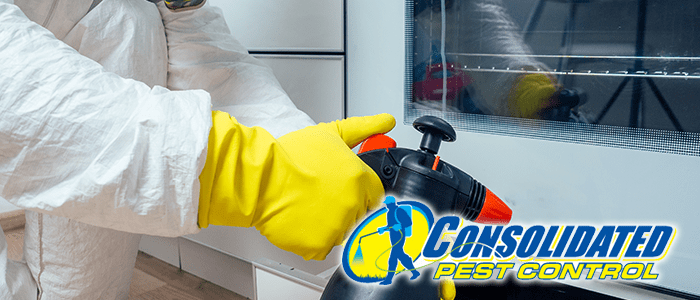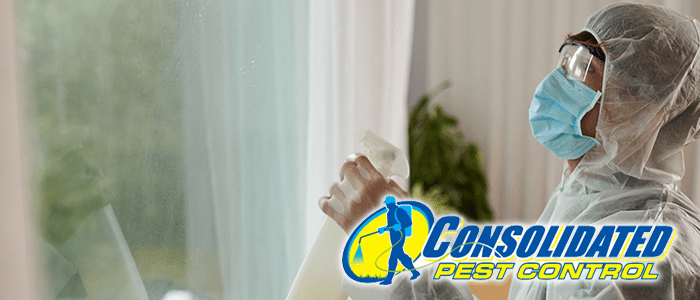
Most gardeners know that healthy plants require healthy soil that tends to be in the neutral range on the pH scale. However, where some gardeners stumble is what can be done about soil that is either too acidic or alkaline. Soil with a pH of less than 6 is too acidic for plants, while soil above 8 is too alkaline. Most gardens naturally run between 5.5 and 8 on the pH scale, and this varies by geography: West of the Mississippi River in the United States tends to have more alkaline as less rain falls in these areas. In contrast, the other half of the country tends to be more acidic. Adjusting your garden’s pH is very simple and comes down to determining your soil’s actual pH, determining its texture, and picking one of two soil additives to use. While it can be distressing to find that your garden is not ready for planting, adjusting pH is relatively simple.
What is pH?
pH stands for “Potential of Hydrogen” and is simply a unit of measure to determine if your soil is more acidic or basic. It is a chemistry term, but more specifically, pH is a measure of the amount of free hydrogen and hydroxyl in the water. If that sounds complex, don’t worry – That’s not the important part.
Limestone or Sulfur
Limestone is a base. This means that it reacts with acids and should be used in acidic soil. Sulfur, conversely, is an acid oxide. For acidic soil, you want ground limestone. For alkaline soil, you want sulfur. These two additives are available at most garden centers in various quantities depending on your needs, but most gardens won’t require much. Use a soil test strip, which can also be purchased at a garden center, to determine your soil’s pH by mixing soil and distilled water according to the manufacturer’s instructions. Once you have your measurement, you’ll need to choose your soil’s texture. This may not be as obvious as it appears. You will need to determine if your soil is clay, loam, or sand.
The easiest way to do this is to perform the squeeze test. Please pick up a clump of your soil and squeeze it in your hand. If the soil forms a sticky ball easily, you have clay soil. Clay is difficult to work with for most plants as it has poor drainage but is very fertile. If your soil forms a ball that quickly crumbles, you have loam, a mixture of sand and clay, which is usually darker and rich in organic matter. If the soil fails to form a ball, it’s sandy no matter how hard you try. Sandy soil usually requires more work than just applying limestone or sulfur though its pH is usually easier to change.
How Much to Use?
To change the pH of a large swath of land requires a lot of limestone or sulfur – A highly acidic lawn might take as much as 100 pounds or more of limestone! Luckily, gardens will typically require much less. These figures correspond to a space of 100 square feet, and provide the amount of material needed to move the pH by a single point up or down – And you can estimate the numbers for a more miniature garden from here:
Acidic pH:
- Clay soil – 8 pounds
- Loamy soil – 7 pounds
- Sandy soil – 4 pounds
Alkaline pH:
- Clay soil – 2.5 pounds
- Loamy soil – 2 pounds
- Sandy soil – 1 pound
As you can see, it can be much easier to make the soil less alkaline than it is to make it more alkaline. Some gardeners say that plants prefer soil that is slightly acidic at a pH of 6.5, if your plant is in the 6.5-7.0 pH neutral range, you are usually safe to begin planting.
In Conclusion
It is worth noting that you should be adjusting pH in advance of planting, as working with soil additives successfully is especially difficult after plants are present. You won’t see immediate results, either. It can take an entire growing cycle for the additives to dissolve and incorporate into the soil completely, but you should start seeing your first results within four weeks. After four weeks, begin testing soil pH again, and watch how it changes.
Once your soil is in that neutral range, your garden is ready to be tilled and planted.








